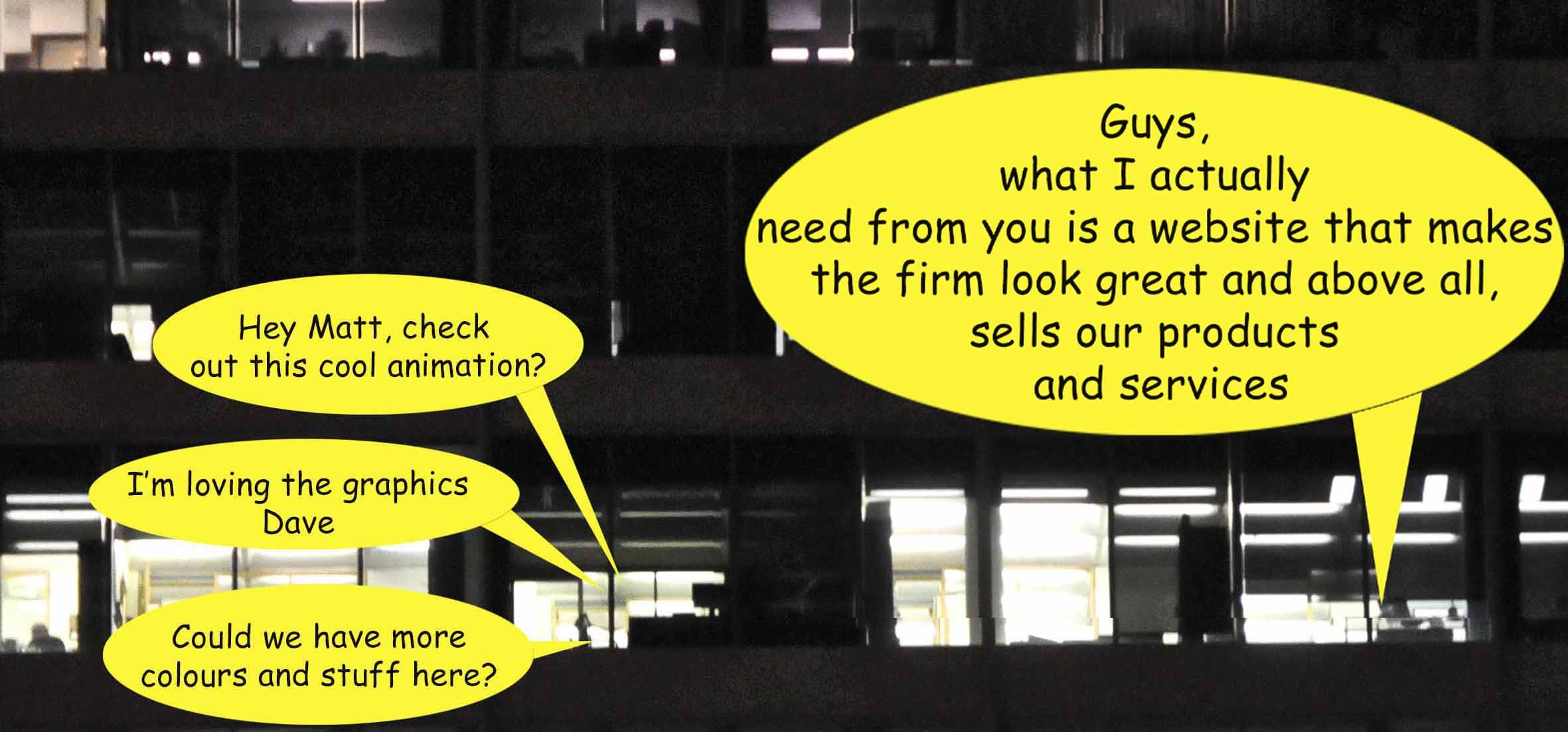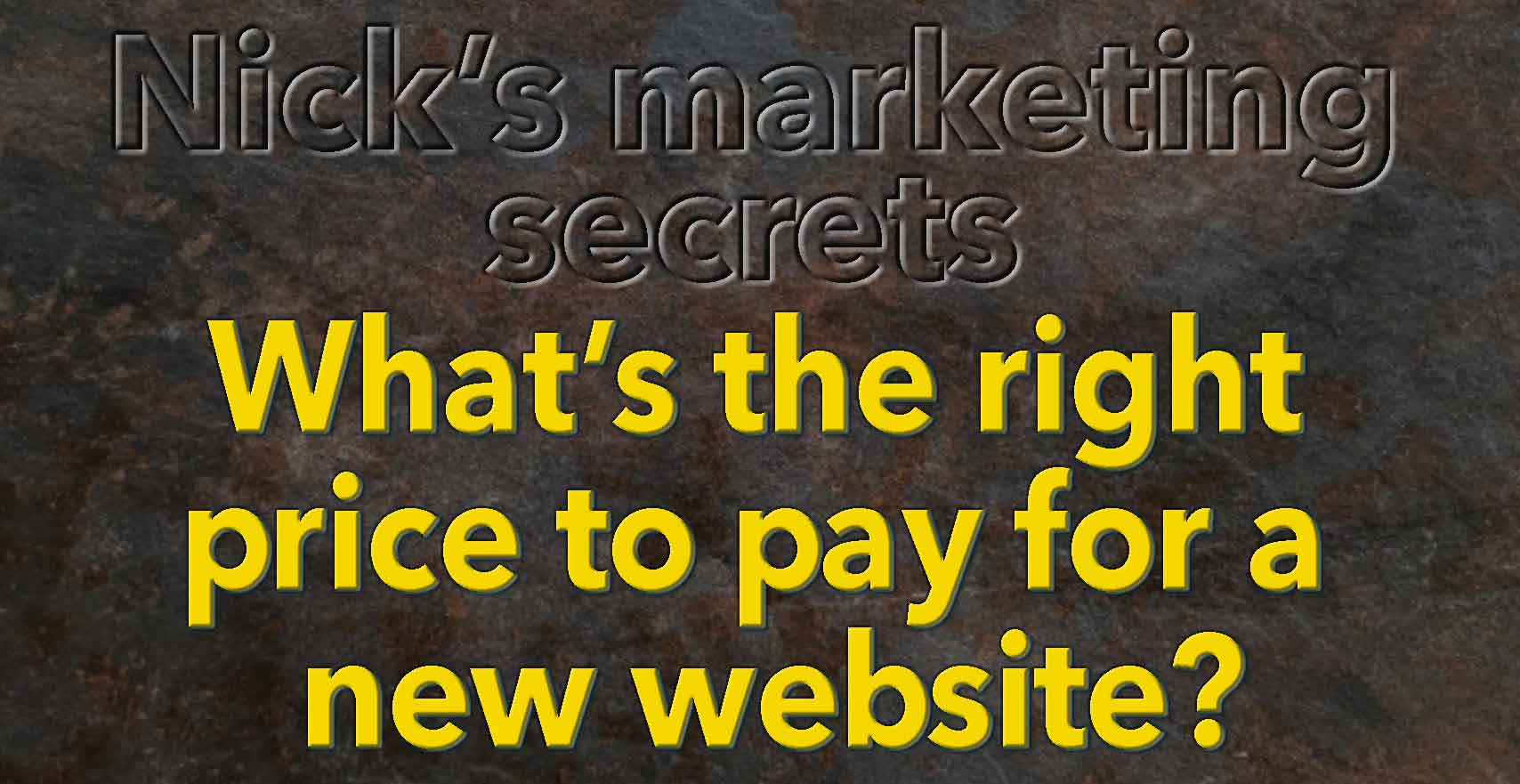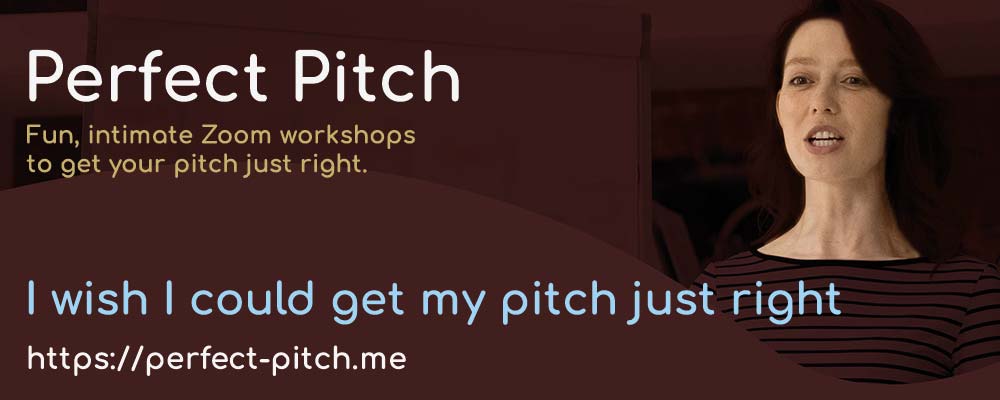
This seems like an eminently sensible question to ask. After all, everyone needs a website! Yet in my experience, trouble starts early on in the process.
Perhaps you’ve heard some of the below?
I know a guy that’s really good at websites.
Our site needs to be mobile friendly.
Can’t we build this in-house? WordPress is good because it means we can build and edit the site.
Can’t we just update the old site?
I know someone that’d do a new site for £500.
Let’s ask the staff what they think.
Don’t we need two websites, one for each service?
And it also seems there are a lot of ‘have a go’ experts on hand in the company too!
But wait – no one has asked the BIG question. What’s our website for, and how well does the existing site perform? Actually, it’s two questions. And there are other questions to ask too. And they all need answering before we can touch on the question that forms the title of this piece.
Broadly websites for businesses split into two areas. B2B and B2C. I’m making this distinction so as to exclude any websites that are information based only, Government sites etc.
But I’m going to make another important distinction too. Companies that sell a service or unbranded product such as a firm of accountants, or a specialist bakery, and companies that sell a branded product, such as BMW or Boots or Amazon.
My expertise lies in the field of B2B businesses selling a service, or unbranded products, and my feeling is that many of you reading this will fall into this category.
So, let’s ask the BIG question. What is your website for? (I’ll deal with the ‘How well does your existing site perform’ in a separate article).
It’s all about reassurance. Will the people visiting your website feel sufficiently reassured to take the next step and have a conversation with you, leading (you hope) to a sale?
Remember, people don’t just arrive at your website. They get there via a number of different routes. Here are a few examples:
Perhaps they search for a ‘training company’. The Training Manager types ‘training company Birmingham’ into Google.
Maybe the MD reads a post on LinkedIn and clicks the link – she ends up reading a blog written by ABC Training and then clicks the link and arrives at that company’s home page.
Perhaps the MD receives an email marketing message that catches her eye and she clicks the link – she ends up on the homepage.
It could be that Sarah, the MD, meets the training company’s MD at a networking event – they swap business cards. Sarah checks them out online.
Or maybe the COO is looking for an IT support company in Bristol. She types the search term IT Support Bristol into Google and ends up with lots of options and clicks onto the home page of Pinnacle IT Solutions.
There are just so many different routes people take to end up on your website (see the recent blog on ‘Attribution’), but one thing is pretty consistent – people are going there because they are broadly interested in what your company does.
When they do land, you’ve got just a couple of seconds to reassure them that it’s worth looking a little deeper. That really is the point.
(And by the way, 98% won’t click your ad/impression, and of those that do, 90% – of the 2% – will bounce off your home page in less than it takes to slurp your cup of coffee).
Here’s a thought. Have you opened the door to an unfamiliar pub, restaurant or shop only to turn your back on it and walk away? We all make snap judgements in just a second or two. And with your website visitors, it’s just the same.
I look at many Google Analytics accounts and it’s not unusual to lose a homepage visitor in less than 10 seconds. In fact, the average is the wrong side of 60%. 60% of your homepage visitors leave in less than 10 seconds!
Once the visitor feels like they may have arrived at the right company (because they can see what your company does, where you add value and they ‘feel good’ about how your site ‘feels’) they may look deeper, continue to feel engaged and then, hopefully, get in touch with you.
So if the answer to the BIG question is:
“To reassure our visitors sufficiently, so they take the next step” and after their first dalliance, “dig a little deeper”, then clearly the first job is to gain a detailed understanding of how this reassurance might be achieved.
So what next?
So often companies go out to website companies and end up with a quote to ‘do a new website’. And despite some reassurances, about ‘understanding your market’, I have yet to meet a digital agency that really does understand how the messaging needs to work. And remember, messaging must come before creative execution and website build.
So, some budget needs to be allocated to getting the messaging right, to build on what I mentioned before: the initial reassurance, leading to further engagement.
It’s worth remembering too that people might be directed to different parts of your website via links from LinkedIn or email marketing, and it’s then important to remember that these ‘linked to’ pages are in effect, ‘homepages’ for these visitors.
Once the crucial messaging has been resolved, it’s then the time to talk to a website company that can design and then build the site.
Design and build are distinctly different jobs. Think architect and builder. Would you really entrust both to just the builder? Trust me, they really are two different skills!
Ask a few web companies you like the look of how they work, taking into account the points I raised above. Remember, if all they have on their home page is a massive image of a video that seems to have little relevance, you might wonder how important messaging is to them!
Next look at the quote they provide. You’ll need to let them have some idea of the number of pages – or sections (sites are now more scrollable than ever before, catering for mobile compatibility that becomes more important every day).
Within the quote, can you see any insight demonstrating that they understand your market? Have they talked to you about the words or copy – and the all-important proposition you’re planning on putting in front of your potential customers? A good website is not just a slick collection of fancy images and clever functionality!
The one thing I always look for is how important I feel when I talk with the company I’m interested in. If they seem less than very keen, then it’s not going to work for me.
Talk to some of their clients anonymously too. How has the service been a little further down the line? What was the process like and were there healthy two-way conversations?
And the price? There really is no simple answer. It depends on the size and functionality of the website, and that is driven by the complexity of your company. So get 3 or 4 prices. The way the quote is written and structured will also help you see how well the supplier has listened to your needs. And perhaps how well they know your market.
Taking all of the above into account, the provider you chose should be driven not just by the cheapest price, but rather by the company that will do the right job for your business.
If you need more insight, just get in touch – I’d be happy to have a conversation with you and if I can, point you in the right direction.


